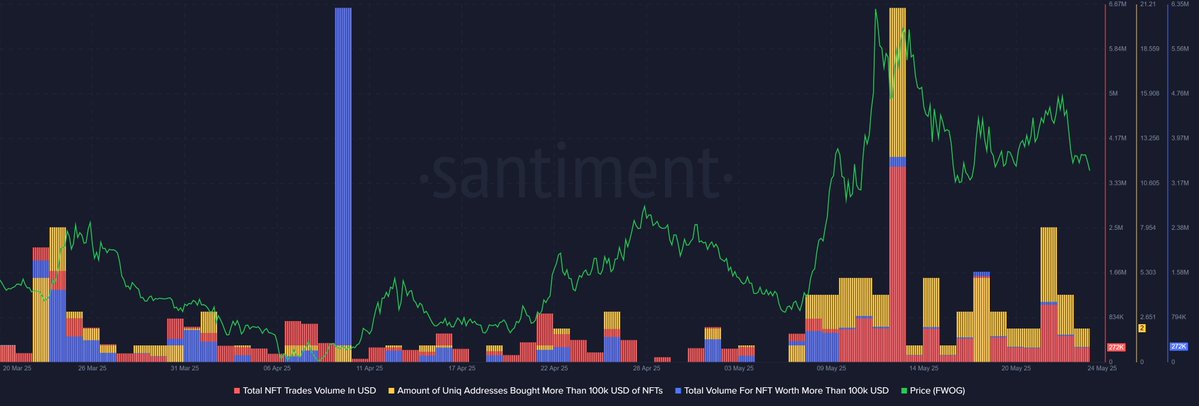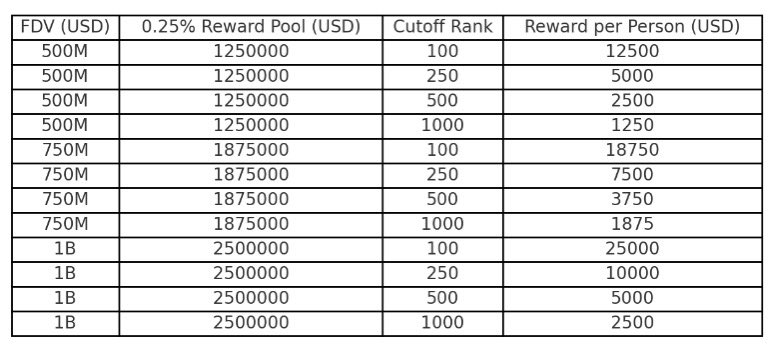Exploring AI: Unraveling Its Transformative Power and Complexities
Setting the Stage: Why AI Captivates the World
Artificial Intelligence (AI) has shifted from science fiction dreams to a tangible force reshaping industries, economies, and daily life at an unprecedented pace. From Siri’s voice commands and Netflix’s recommendations to groundbreaking advances in healthcare diagnostics and autonomous vehicles, AI is weaving itself into the fabric of modern existence. But beyond these surface-level applications lies a web of technical intricacies, ethical puzzles, and societal impacts worth unpacking. Why does AI hold such magnetism—and what layers must we explore to truly grasp its significance?
AI Demystified: What Is It Really?
At its core, AI refers to computer systems designed to perform tasks typically requiring human intelligence. These tasks include recognizing speech, identifying images, making decisions, and translating languages. Yet, “AI” is far from a singular, monolithic technology—it encompasses multiple subfields and approaches:
– Machine Learning (ML): Computers learn patterns from data and improve automatically without explicit programming. Within ML, deep learning uses layered neural networks to tackle complex problems like natural language processing and image recognition.
– Natural Language Processing (NLP): Enables machines to understand and generate human language, powering chatbots, translation apps, and voice assistants.
– Computer Vision: Grants machines the ability to interpret visual information, crucial for facial recognition, medical image analysis, and self-driving cars.
Together, these components create systems that adapt, predict, and sometimes surprise us with creativity or problem-solving prowess.
The Driving Forces Behind AI’s Rapid Ascent
Data: The New Fuel
AI’s explosive growth hinges on the avalanche of data generated daily—from social media photos and transaction logs to sensor outputs and medical records. Large datasets allow AI models to detect subtle patterns and trends previously invisible to humans.
Computing Power and Infrastructure
Another catalyst is the mushrooming computing capacity, especially GPUs and cloud platforms tailored for AI workloads. This hardware boost accelerates training of complex models and enables deployment at scale.
Algorithmic Innovation
Researchers continuously refine algorithms, enhancing efficiency and accuracy. Techniques like reinforcement learning—where AI learns through trial and error—have opened new frontiers, such as mastering games like Go or optimizing logistics.
The Transformative Impact Across Sectors
Healthcare: Precision and Personalization
AI aids in diagnosing diseases from imaging data with accuracy rivaling human experts, accelerates drug discovery by predicting molecular interactions, and personalizes treatment plans by analyzing genetic information—all of which could dramatically improve outcomes and reduce costs.
Finance: Risk and Fraud Detection
Banks deploy AI to monitor transactions for fraud in real time, assess credit risks more holistically, and optimize trading strategies, fostering safer and more efficient markets.
Transportation: Steering Toward Autonomy
From advanced driver-assistance systems to fully autonomous vehicles, AI empowers safer roads, optimized traffic flows, and new mobility services. Though hurdles in regulation and reliability remain, the trajectory is clear.
Creative Industries: Co-Creators and Innovators
Generative AI models craft artwork, compose music, write prose, and even design new products, augmenting human creativity and democratizing access to novel ideas.
Ethical and Societal Challenges: The Double-Edged Sword
AI’s promise also brings thorny questions and risks:
– Bias and Fairness: Models trained on biased data can propagate stereotypes or exacerbate inequalities in hiring, lending, or law enforcement.
– Privacy: AI’s appetite for data raises concerns on consent, surveillance, and data security.
– Job Displacement: Automation threatens some jobs while creating others, demanding workforce adaptation and social support.
– Accountability: When AI systems err, pinpointing responsibility becomes complex, complicating legal frameworks.
Engaging with these challenges demands transparency, interdisciplinary collaboration, and proactive governance.
Getting Ahead: How Individuals and Organizations Can Navigate AI
– Education and Literacy: Understanding AI’s capabilities and limitations empowers smarter adoption and critical consumption.
– Ethical Frameworks: Embedding principles like fairness, explainability, and privacy into AI design fosters trust.
– Collaboration: Cross-sector partnerships enable balanced innovation that aligns with societal values.
– Continuous Monitoring: Keeping an eye on AI behavior and impact can signal when course corrections are needed.
Looking Forward: AI as a Catalyst for New Possibilities
AI is not just a technological marvel; it’s a mirror reflecting human ingenuity and concerns. Its evolution will likely blur boundaries between science, art, and philosophy, prompting us to reconsider intelligence itself. As we stand at this crossroads, our choices about how to develop and integrate AI will write the next chapter in human progress.
By embracing AI’s complexity rather than fearing it, we unlock pathways to healthier lives, richer creativity, and more inclusive societies. The question isn’t whether AI will shape our future—it’s how we shape AI for the future we want.
—
References and Further Reading
– Artificial Intelligence: A Modern Approach
– Understanding AI Ethics and Safety
– The Role of Data in AI
– Machine Learning and Its Applications
– The Future of Employment and Automation











